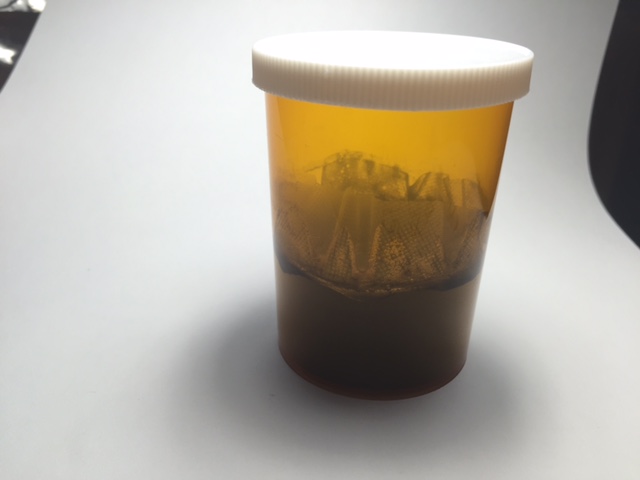Personalized medication disposal system
This project has been secured to protect intellectual property.
Login for More InformationProject Overview
Prescription drug abuse is a huge problem. Across the country, death by accidental drug overdose is becoming increasingly common, and is already rivaling automobile accidents and other leading causes of death in terms of total fatalities.
Prescription pain medications such as Oxycodone and Hydrocodone are especially dangerous because they are frequently prescribed. In fact, hydrocodone is the most frequently prescribed opioid in the United States and is associated with more drug abuse and diversion than any other licit or illicit opioid.
These drugs are prescribed for a variety of conditions, and are often prescribed in quantities exceeding what is actually necessary. They are very potent and can be very addictive. Because of this, it is easy for patients to develop dependence.
However, it can become quite expensive when opioid medications are used daily or in large quantities. When it becomes too difficult or expensive to obtain more pain medication, it is common for addicted patients to switch to heroin, which produces a similar high and is less expensive. In recent years as prescription pain medication abuse has become more common, heroin addiction has also skyrocketed.
One solution to address this epidemic is to develop an effective way for patients to easily dispose of unused opioid medications in their home. it is common that patients are prescribed far more pills than they will need, and the unused medications end up stockpiled in medicine cabinets. This can lead to theft and diversion.
If they are simply thrown away – e.g. flushed down the toilet, they end up in the water supply, where increasingly high levels of prescription drugs have been seen in recent years. Drop boxes have been used extensively and successfully in Dane County, but by law, the Med Drop boxes must be housed only in Police stations, limiting their accessibility.
If an inexpensive, safe, durable device could be made widely available, unused opioid prescriptions could be rendered inert and unusable. This would have the potential to save countless lives.
Team Picture

Image

Contact Information
Team Members
- Croix Kimmel - Team Leader
- Kelsey Murphy - Communicator
- Andrea Doll - BSAC
- Eli Stanek - BWIG
- Mona Omari - BPAG
Advisor and Client
- Prof. Megan McClean - Advisor
- Dr. Philip Bain - Client
Related Projects
- Fall 2015: Personalized medication disposal system
- Spring 2015: Personalized medication disposal system
